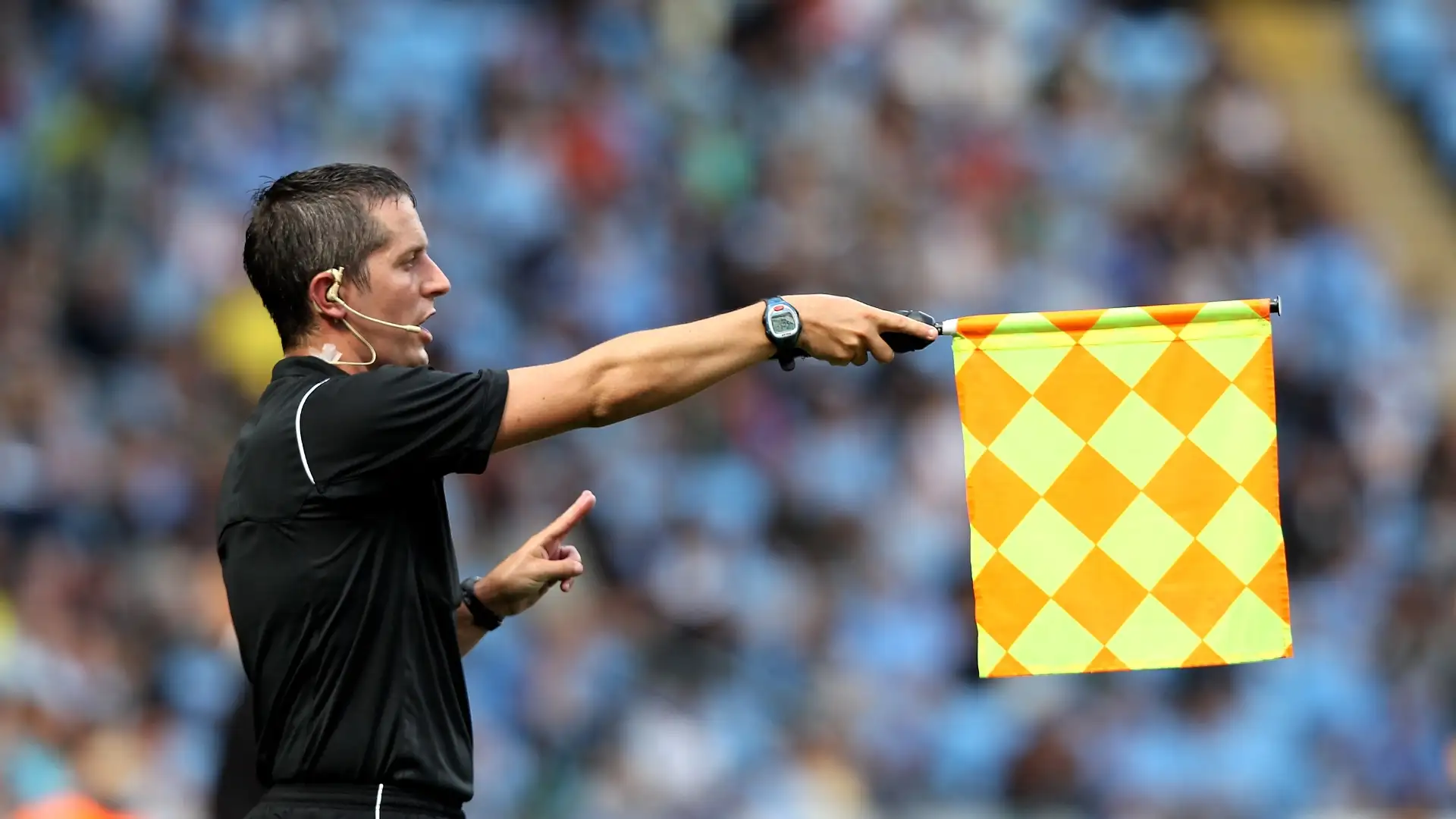
Alejandro Garnacho’s disallowed goal vs Arsenal in the 23/24 season, ruled out because a shoulder was slightly ahead of the defender, perfectly represents the modern frustration with VAR-based offsides. It is a situation where the human eye saw a fair goal, yet digital geometry punished a microscopic advantage.
The offside rule was meant to stop goal-hanging, not penalise players for anatomical details that offer no real gain. VAR now applies the law at a precision impossible in real time, creating decisions that feel correct by rule but wrong in spirit. The law has changed repeatedly to promote attacking play, but the combination of VAR and the current wording has reversed that trend. Arsène Wenger’s daylight rule represents the next logical step in 160 years of reform, one capable of restoring attacking intent for the 2026 era.
In 1863, the first offside law required three defenders between attacker and goal, making forward passing almost impossible and encouraging dribbling-heavy play. In 1925, the requirement was reduced to two defenders, transforming football with increased goal totals and the birth of passing and movement. In 1990, reacting to a defensive World Cup, the rule shifted again so that level with the second-last defender became onside, rewarding attackers and heightening the risk of the offside trap. From 2005 onward, new interpretations around interfering with play and second phases added complexity and ambiguity. These layers demanded precise external checking and paved the way for VAR.
VAR did not change the wording of the law but changed the way it is enforced. Decisions once made with human uncertainty are now judged with digital certainty. In older eras, marginal calls benefited the striker; semi-automated technology now punishes any body part, perhaps even one that cannot score, if it is marginally ahead. Garnacho’s example is one of many decisions cancelled by distances that offer no meaningful competitive advantage. This precision has also influenced tactics: defenders can push high and trust technology to erase any poorly timed run, accelerating the growth of compact defensive blocks and making attacking timing increasingly difficult.
Wenger’s rule states that the attacker is onside if any part of the scoring body is level with the defender, and only offside if clear daylight exists between them. This shifts the default back toward favouring attackers, removing the punishment for fractional overlaps. The aim is faster decisions, fewer drawn lines, and more goals. Trials are already running in certain European youth competitions, with IFAB expected to evaluate results ahead of potential wider rollout in 2026.
If introduced, the daylight rule would meaningfully reshape the balance of risk and reward in the final third. From the attacking perspective, the benefits are clear: more goals, more confidence in running beyond defenders, and fewer celebrations ruined by lengthy VAR checks. The psychological shift alone would be significant, players could trust their instincts again rather than hesitate, fearing that a shoulder could cost a key moment. For supporters, the match-day experience becomes faster and more intuitive, with fewer stoppages spent waiting for calibrated lines to appear on a screen.
However, defenders and coaches face the opposite challenge. High lines, especially the type that Barcelona currently utilizes under Hansi Flick, supported by VAR precision, would become harder to maintain. The smallest misjudgment could allow attackers through one-on-one, potentially forcing defences to drop deeper to protect space. Tactical systems that rely on compressed distance between lines might need recalibration, and managers who have built success on mechanical defensive coordination may feel the rule shifts the game away from their strengths.
Still, these complaints reinforce the central aim of the reform: the sport has spent the last decade drifting toward control, safety, and defensive certainty. A tournament as globally visible as the expanded 2026 World Cup may be the perfect moment for football to tilt the balance back toward risk, creativity, and spectacle.
The modern offside interpretation has become somewhat technically flawless but emotionally unconvincing. Football is the world’s most popular sport not because it measures perfection well, but because it creates moments of drama, spontaneity, and release. Wenger’s proposal aligns with the game’s long history of adapting its laws to keep it open and expressive.
Just as the 1925 and 1990 changes freed attackers from rigid defensive structures, the daylight rule offers a timely correction for a VAR-defined era. Football must now decide whether it wants scientific accuracy or a return to the feeling that a brilliant run deserves its reward. The choice is not between order and chaos, it is between football as a calculation and football as an art form.








